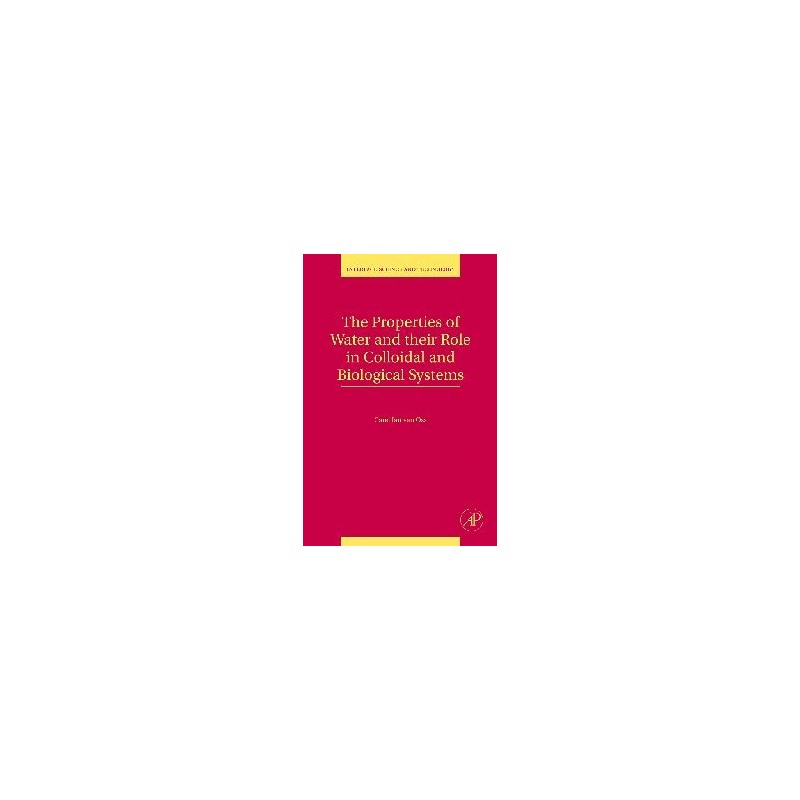- Out-of-Stock



No product available!
No product available!
No product available!
No product available!
Module with a temperature sensor designed for the M5Stack sets. It allows you to measure high temperatures. The set includes a K-type thermocouple probe. M5Stack U133
No product available!
No product available!
The ICE40HX1K-STICK-EVN is an easy to use, small size board that allows rapid prototyping of system functions at a very low cost using iCE40 FPGA. This board has a high performance, low power iCE40HX1K FPGA onboard and has a USB thumb drive form factor.
No product available!
Module with 12.48" e-Paper display and 1304x984 px resolution. Communicates with external systems via the SPI interface. It has low power consumption and a wide viewing angle. Waveshare 12.48inch e-paper Module
No product available!
No product available!
Micro SDXC memory card with a capacity of 64GB, class 10 with adapter. Kingston SDCS / 64GB
No product available!
HK Turnigy nano-tech 4500mah 3S 25~50C Lipo Pack (11931)
No product available!
No product available!
No product available!
Housing folded into plastic clips, protects Orange Pi against dust and mechanical damage. Adapted to Orange Pi Mini 2 and Orange Pi 2
No product available!
No product available!
No product available!

